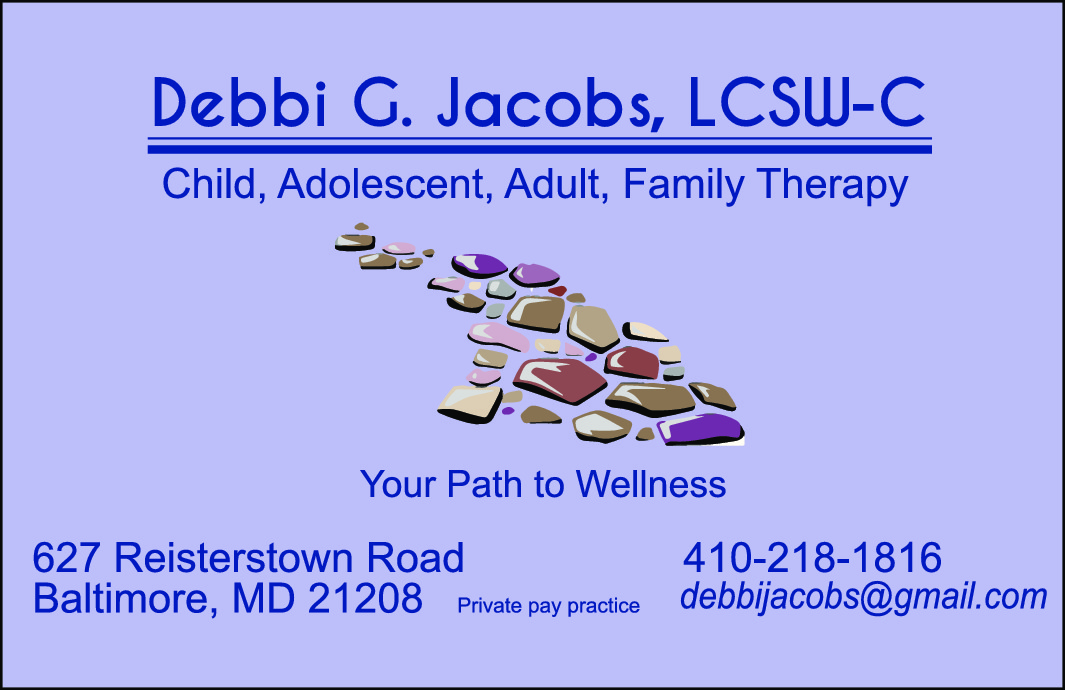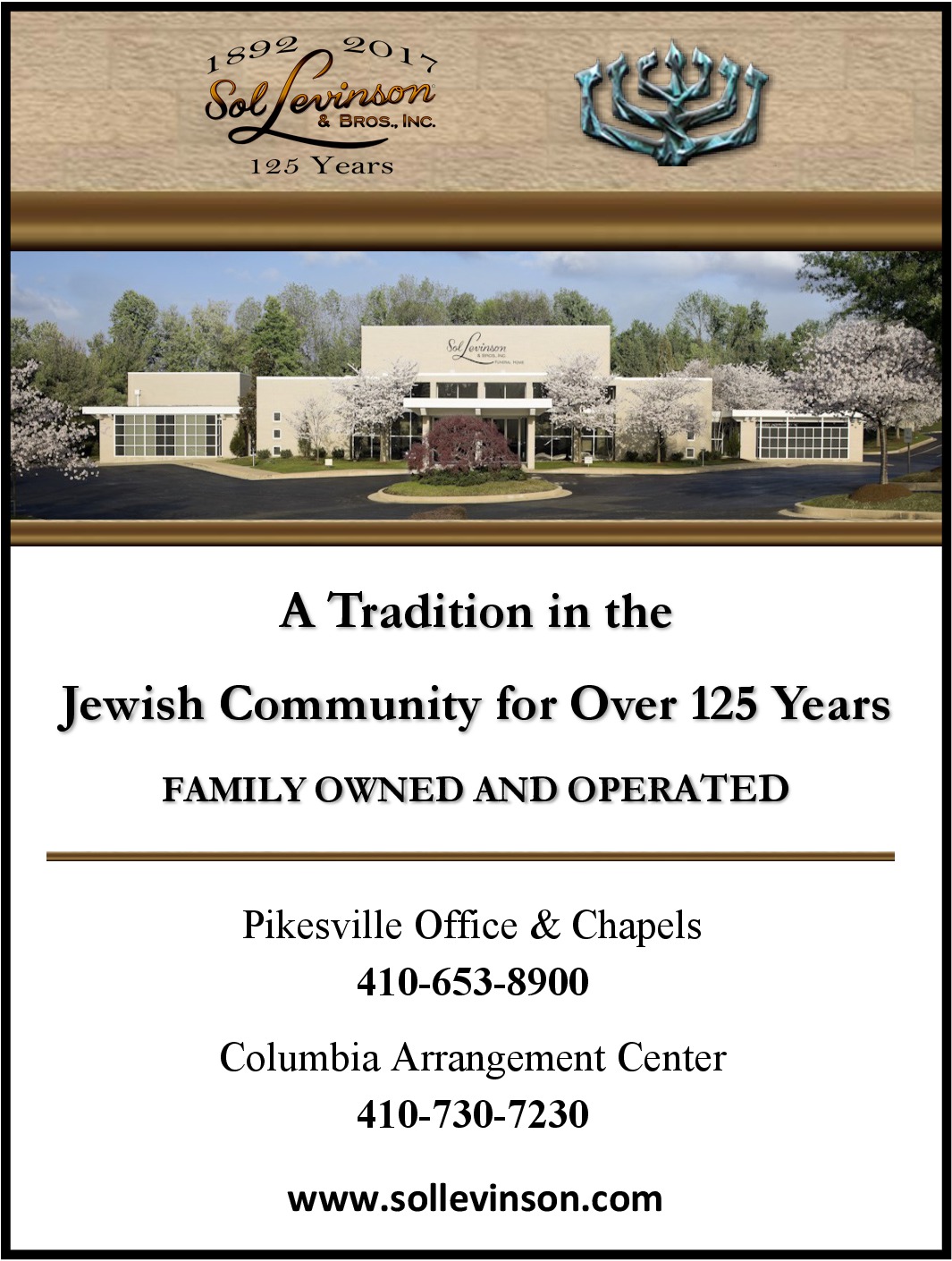by Moshe Roth, MSPT
Shortly after October 7, 2023,
after the dreaded nightmare that affected everyone in the Jewish world, Am Yisrael came together to help out
brothers and sisters in Eretz Yisrael: monetarily, politically, communally, and
even professionally. From the outset, doctors and first responders were flying
to Israel continuously to help the overwhelmed and understaffed hospitals.
About a month after the onset of the war, a national organization – EVP (Emergency
Volunteers Project) – sent out a call looking for volunteer physical and occupational
therapists. Almost immediately, close to 40 therapists signed on.
As a physical therapist myself, I
knew that my chances for going were a long shot because, barring a mass
casualty event, rehab is a long process that begins once all the medical and
surgical issues have been taken care of. But as time went on, some on the
volunteer list were really itching to go. Having lived and worked in Israel not
too long ago, I reached out to some of my contacts asking if there was a need
for therapists, and they all responded that they appreciated the sentiment, but
they were fully staffed. I reached out to one last person. At the time, he was just
a contact on LinkedIn but is now my good friend, Dr. Shiloh Kramer, Director of
Orthopedic Rehabilitation at ADI Negev Rehabilitation Hospital. I sent him a
note through LinkedIn asking if he needed therapists because I knew of 40 or so
therapists looking for volunteer opportunities.
He responded right away that he was
desperate. We spoke the next day, and he explained that ADI Negev is right near
Ofakim in the Gaza “envelope” and that almost 30% of the staff – including therapists,
administrators, custodial help, psychologists, all the components that a
hospital needs to function – were either in the army on miluim (reserves), displaced from their communities, or unable to
return to work. He was in great need of help.
Shortly thereafter, I put Shiloh in
touch with Scott Goldstein from EVP to work out the logistics for coordinating
volunteers and, most importantly, expediting Israeli licenses. During this time,
the volunteers on the list were submitting documentation for licensure, making
arrangements to take off two weeks from their jobs, and taking care of other
logistics. I, too, had been talking with my wife about the imminent possibility
of going.
On Friday morning, December 29,
Scott sent me a ticket for that very Sunday December 31 for two weeks at ADI as
part of the first team of volunteers. I asked, “How many others are in the
group?” and he said, “You are the group!” Because I had an Israeli PT license
from when I lived there, I was the first to be approved.
I packed my bags motzaei Shabbos, having no idea where I
was going since I had never been in that area of Israel before. I took
everything I thought I would need. Shiloh had told me a driver would pick me up.
They had a room available, and meals were provided. But other than that, I was
really flying blind. In 2010 I had volunteered with Sinai Hospital in Haiti and
knew that on a volunteer mission, the only thing to expect was the unexpected. The
main thing was to keep calm, rely on your skill set, do no harm, take in what
you can, be helpful, and don’t get in the way.
So off I went, traveling to Newark
airport on New Year’s Eve. The feeling was surreal. There were many well
wishers at the airport giving out candy and thanking everyone for going. Duffel
bags full of donated gear and equipment were piled high. Everyone was either a
volunteer or desperate to get back to Israel. No one cared how overweight the
bags were.
*
* *
ADI is an oasis two miles from
Gaza. The Gaza envelope, as it is referred to, is only an hour’s drive from
Modiin but feels like 40 years away. The people and the towns in that area have
been around for decades – some as old as Israel itself. The people built the
area with their own hands. As has been described in prior articles, ADI Negev
is the only rehabilitation hospital servicing Israel from Tel Aviv south. It is
truly magical. I was pleased to see how modern a facility it was. My apartment
was a three-bedroom/two bath place. It was clean and spacious and had a porch
overlooking the campus.
ADI is set up to allow the staff to
live on campus if they choose. One side of the campus is residential for the
staff, volunteers, and Sherut Leumi (national
service alternative to the army), and the other half is occupied by the
hospital itself. One of the many special features is that there is continuous
interaction between staff and patients. We daven together, eat together, and
even watch soccer together on the big screen. Nights were rough as there was a
constant rumble of jets and artillery bombings. The workday was typically from
8:00 to 4:00 with a lunch break. Plenty of coffee was provided and, in typical
Israeli tradition, plenty of treats and goodies were given by the more than
thankful patients and families. I spent my afternoons walking the grounds,
relaxing by the horse stables, jogging the fields, and talking with the
community Rav and his family.
*
* *
The patient population at AEI is
predominantly local, from communities such as Be’er Sheva, Sderot, Ofakim,
Netivot, and even Bedouins from Rahat. I was initially surprised that there
were not too many soldiers; I had thought that I was going to help out with
war-related needs. Most of the injuries were post-surgical orthopedic in nature
– fractured legs, hips, arms – the kind of things a therapist would encounter
in any rehab hospital. On the one hand, I was in my comfort zone professionally;
on the other hand, I wasn’t sure this is what I had signed up for. I soon
learned that most of the therapists were serving in the army or had been
displaced from the local kibbutzim affected by October 7, and the therapists
who were working currently were trying to provide an optimal amount of care,
given the short staffing. They were so appreciative and thankful that a guy
would leave his job and family for two weeks just to come help out. I told my
new friends that help was on the way. From that point on, there was a new team
of physical and occupational therapists coming to ADI every two weeks to fill
the need.
This past December, Dr. Kramer
asked for more volunteers, and I had the privilege once again to spend two
weeks filling the need. Although most of the staff had returned to work, the
hospital is growing and servicing more patients. Nights were quieter, and more
staff had returned to live on campus. Life had, in a sense, returned to normal.
It was nice to see some familiar faces and meet new ones. The patients and
staff were once again thankful and appreciative for our volunteering and
curious about what would motivate someone to do this. I smiled and explained it
was the least we could do, being so far away.
*
* *
Volunteering is one of the core
fundamental values in Judaism: olam chesed
yibaneh – the world will be built on chesed.
In the case of Am Yisrael and Eretz Yisrael after October 7, the
amount of chesed that was exhibited
and continues to permeate the scene is probably unparalleled in history and
will indeed help to rebuild the broken cities, the broken souls, and the broken
bones to become stronger.
Am
Yisrael is often
represented as a shalsheles, a chain.
Generationally, we are connected to our forefathers and earlier generations.
Spiritually, we connect to Hashem up above through our actions here below. And
nationally, the Jewish people are connected to one other no matter how distant
we may think we are. But sometimes, a link in that chain of Am Yisrael
goes missing. It may have moved to another place in the chain or may have even
been removed for one reason or another. But someone has to go and fill in that
missing link. Over 60 therapists from all over the world went to volunteer at ADI
Negev in 2024. Some even went twice, and
some stayed longer than two weeks. Baltimoreans should be proud that Baltimore
therapists were well represented. It is
very possible that a PT or OT you see in shul or in the community spent two
very memorable weeks away from family, friends, community and even his or her parnassah, for the greater good of Am Yisrael and Eretz Yisrael. Mi k’amcha Yisrael!






